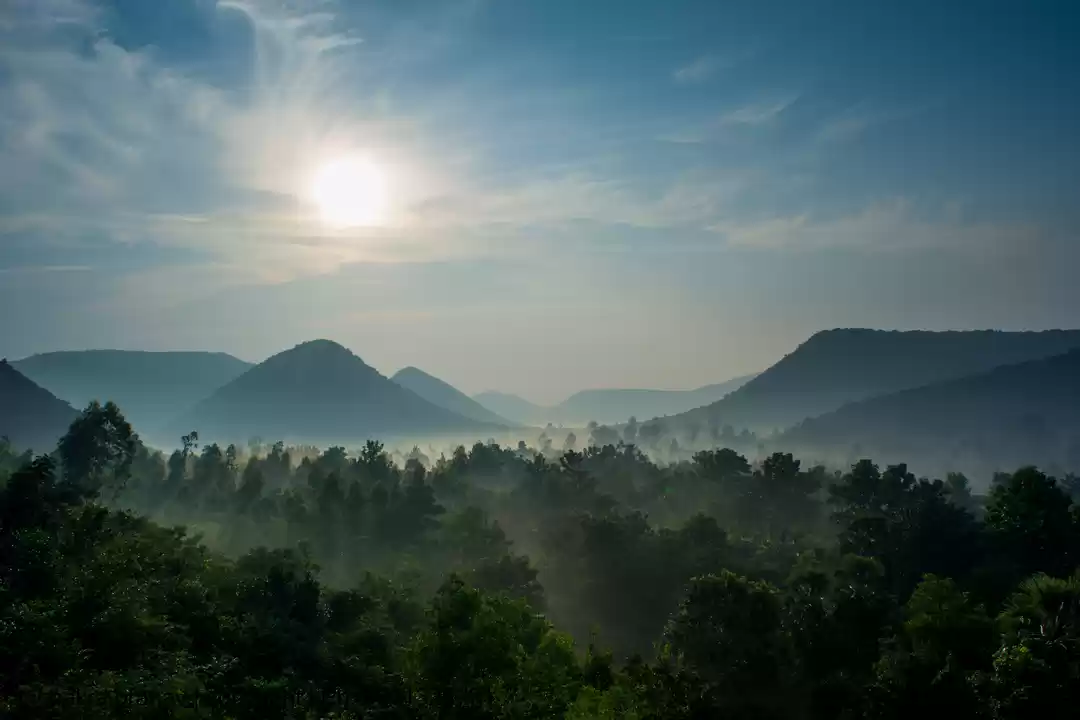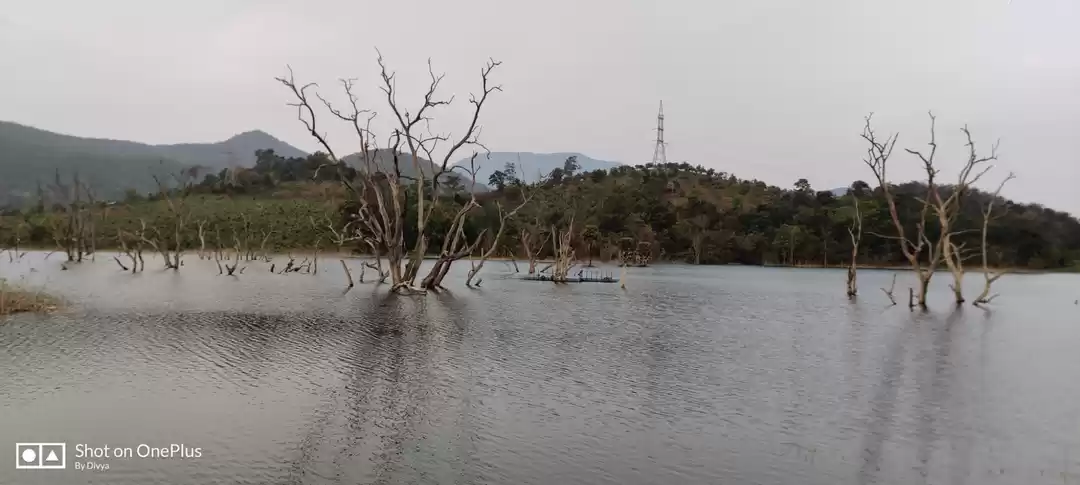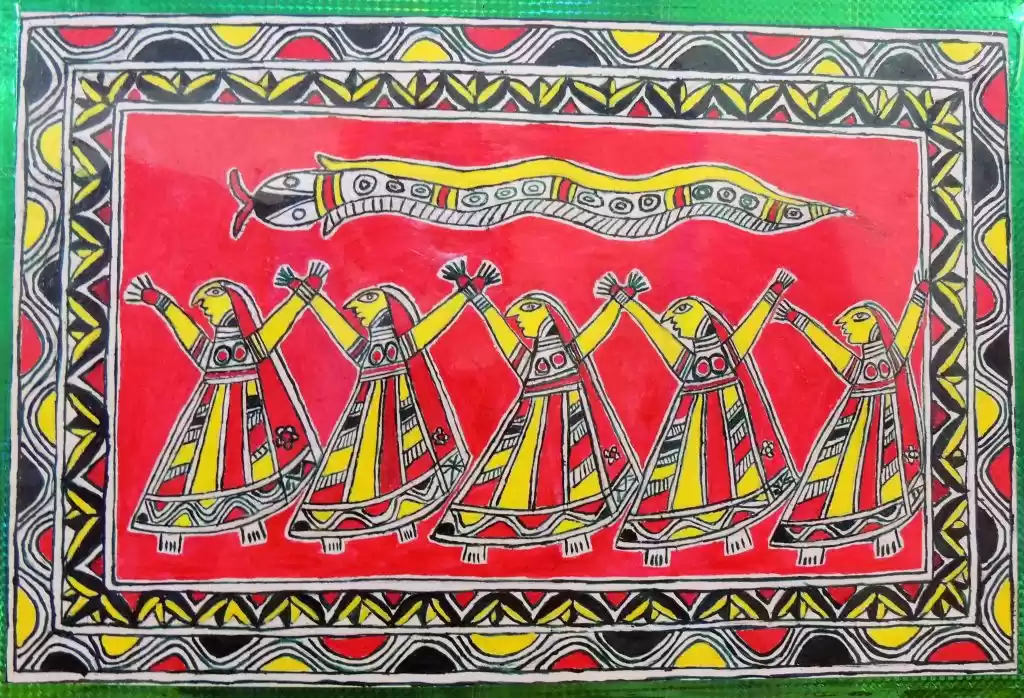
Maqtha : Where Walls Come to Life; An article written by Neha Joshi, writer at Cobblestone Chronicles. Wish to know more about us? Click here !
Art has augmented human culture. It influences our way of thinking, our way of living. It has gilded our homes, stained our clothes, sometimes, even mended our souls. It influences communities, it helps cultivate opinions, foster values and translate experiences across space and time.
A striking example of the influence of art on a community is the Maqtha Art district in Hyderabad. In 2017, St+art foundation collaborated with more than 30 artists from across the globe and curated the idea of converting a regular village - Maqtha into an eye-catching landmark for the City of Pearls. Visiting Maqtha was on the top of my 'Must visit places in Hyderabad ' list during my internship. However, it ended up being the last place I actually found myself ticking off of that list and boy was I glad. As architects, we are often used to hearing the term 'community living' in an urban scenario. However unfortunately, never really get to experience it first hand as we are locked away in our expanding vertical habitats.
As I walked through what felt like a labyrinth of narrow and shrinking lanes, screaming with all shades of vibrance and energy, I realised that Maqtha was that authentic community living experience I did not know I needed.

This neighbourhood has been distinguished into four districts using colour coding as Green Gully, Yellow Gully, Pink Gully, and Blue Chowk. An array of painted arrows guide us through these alleys on the walls of which, the artists have painted their heart out.
Every turn is a surprise and every lane is a new experience. Words will not do complete justice to this experience. Nevertheless, I have tried.
Now let the art talk for itself!
THE GROUNDED GREEN GULLY

The alliterated title was not premeditated, I swear. Grounded just happened to be the first word that came to my mind as I was wandering through this narrow alleyway with roadside stalls and curtained-off houses. Every child, at least once in their lifetime, has dreamt of their 'dream house'; from the number of floors to the colour of the walls. This gully is all about that one dream that we all have dreamt. The walls have been painted with windows for those who can only hope for that ray of sunlight to fall on their faces as they wake up to a new day. Potted plants have been sketched for those who can only hope for picking flowers from their own little gardens to decorate their living room. Bicycles have been painted outside homes for those who only hope to travel to places they have dreamt of or maybe for others who just want to make it easier to go to work on a regular day. The artist has consciously tried to paint their walls with hopes and dreams whilst keeping their feet on the ground, making them aware of their reality in a very subtle manner. A good example of this would be my personal favourite, the half thrones, painted on the wall emerging from an elevated stone seating off the pathway. One has to still sit on the stone-cold floor, but those bright red crests of the thrones peeking from behind them, in that moment, allow them to escape onto a dream of their own their fairy tales with happily ever after's. They are all aware of their own reality, the art just helps them escape from it on some days.


THE RHYTHMIC YELLOW GULLY

The yellow gully has to be one of my most memorable experiences. Walking through this gully was so easy not just on the eyes, but also the nose. The floating jellyfish on those bright sunny walls of what seemed like a never-ending tunnel of imagination brought so much joy to the mind. Though it was the narrowest of all the gullies in the neighbourhood, somehow it felt wider and more vibrant than ever. The fluidity in the art painted in calm hues of dusty pinks and powdered lavender against a summery yellow, elevated my sense of space.

As I was approaching the end of this colourful adventure, I felt this strange emotion of familiarity, as if I had walked through this street before. Something triggered my senses. And it was then that I realised, it was not the walls that were familiar nor was it the colour, it was in fact the aroma of some delicious Hyderabadi Dum Biryani coming straight from the kitchen of one of the homes. They were cooking the biryani on a chulha in huge brass kadhai.
The quantity looked so much that I jokingly asked them if they were cooking for the entire neighbourhood, to which the old man replied with a humble 'yes, indeed' and a huge grin on his wrinkled face. I was dumbfounded. He even invited me to join their family for dinner. In the perfect world, I would have probably wound up having dinner with the old man and his family but well it is not. However, it is definitely a sight I will never forget and a scent I will always remember.
THE QUIRKY PINK GULLY

Pablo Picasso had said, "The purpose of art is washing the dust of daily life off our souls"
We all have that one artist friend who walks around flaunting a funky hairstyle, strutting around in baggy clothes, who paints the world the way he sees it. His art is such that it makes us beat our brains when left open to interpretation. This gully is that friend of yours. The Pink Gully was a splash of quirk on a regular boring canvas. Some of the art was actually, quite hilarious. The pigeon tailored in a tie, carrying a tiffin box and a school bag around his neck cracked me up the most.

This work of art has to be my most favourite. Probably one of the most simple and thoughtful creations in this district.
Quick question - What about this photograph catches your eye first? The innocence in the smiles of those kids staring at each other or the safety pins bridging the gap between the blues and pinks?
The safety pins are just a subtle representation of this human connection that we need to develop with each other. We, as humans, need to connect with each other face to face. We may be living next to each other but are we really neighbours? There is a huge difference. Think about it.
THE UNUSUALLY USUAL BLUE CHOWK

The Blue Chowk was nothing short of a riot of colours expressing the artists' thoughts and emotions. There was this one particular piece that caught my eye. It made me stop, stare and wonder what might have been the inspiration behind this piece of art. The art features an old man with only one tooth, holding a toothbrush with just a single bristle and a rooster on his arm. A very usual morning scene presented in a completely unusual way. These extraordinary street murals show the passion the artists have for their work, and this passion has transferred to the residents, too. The beauty of this place is that while we are all busy being overwhelmed by the art amidst the humming of artists, tourists and photographers, the residents of this district are so unaffected. Life did not pause for them. They were doing everything that they would do otherwise, on a regular Sunday afternoon and that made me smile wider. I could see young children playing hide and seek on the streets while blatantly ignoring their mothers shouting 'lunch is ready!'. They were happy in their own small world of colourful and cluttered chaos, unaware of the world outside.

Crossing the train tracks to walk into the small, residential neighbourhood of MS Maqtha does not prepare you for what lies beyond. They say that 'there are no seven wonders of the world in the eyes of children, there are seven million'. Maqtha is a home to so many such kids who wonder about those seven million. This initiative by St+art foundation has given hope to so many residents of this urban village and has unknowingly shaped their lives to the better.

Meet my favourite, Nazia. She was so thrilled to see someone was clicking her pictures that she even posed a little for me. The conversation of course ended with her saying -
"Didi, kya aap selfie loge? main aapko mera pout dikhati hoon!"
I once read somewhere that art searches for the beauty, finds it and then brings it to human life. Maybe it is true.

























